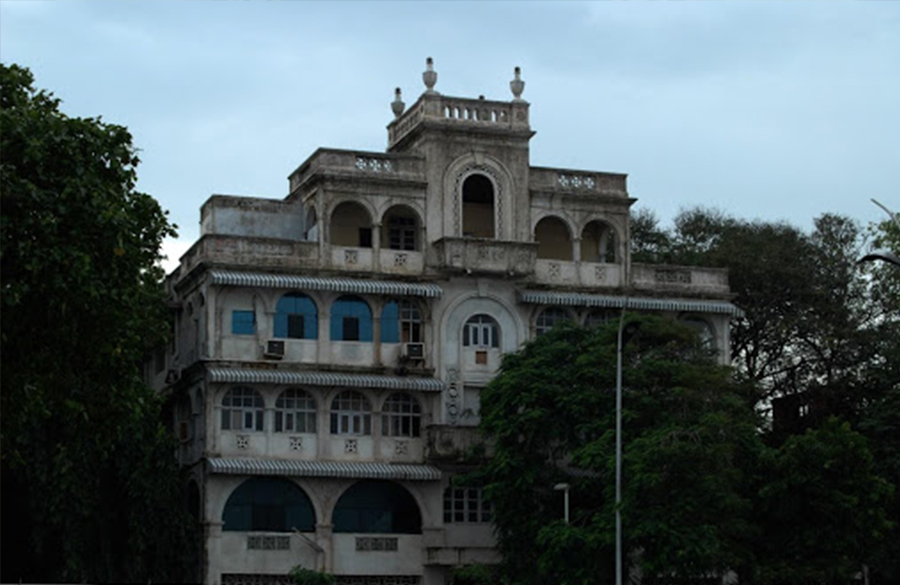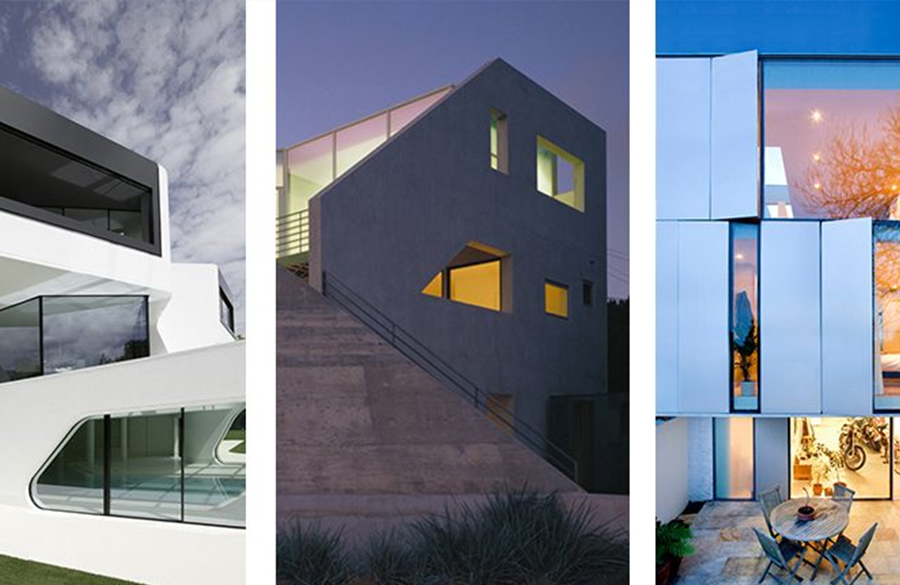Before we list the 10 well known Indo Saracenic Structures in Chennai, we should understand that during the colonial-era a majority of buildings in India built by the British drew inspiration from Gothic Revival Architecture, incorporating Greek and Roman design features such as triangular pediments and columns structures. The main agenda behind the British choosing to build in this architectural style was to reinforce their image as the ruling authority.
However, The Indian Rebellion of 1857 compelled the British government to gain confidence from natives Indians. The British also began to observe that India had a rich architectural heritage. British historians categorized and studied Indian buildings based on their architectural characteristics and methods. It was decided that since Indian architecture was going into diminution, it should be revived by the British.
The British government supported and encouraged British builders to experiment with this Architecture. The public buildings in India were built as per advanced British standards for structural engineering and made use of materials like iron, steel, and poured concrete for construction.
Listed below are 10 well-known Indo-Saracenic buildings located in Chennai:
1. Madras University (library) | Indo Saracenic
Location: Chepauk, Chennai
The existing building of the Madras University Library was built in Indo-British style and was opened to the public in 1936. Its pointing-arches are made out of granite, and its dome structures have an octagonal base. The building’s kiosks are a subtle reminder of the ancient Islamic Architecture of India. The library has a glorious history of having contributed to global research and academics since 1907.

2. Senate House
Location: Chepauk, Chennai
The Senate House is the administrative office of the University of Madras, The Senate Building was built by Robert Chisholm and is an exquisite example of Indo-Saracenic architecture in India. The architecture of the well-known Senate House includes many elements of the Byzantine style. The Senate House houses the Great Hall, which is considered to be the finest of its kind in the country. The unique interiors of the building include color-glass windows, intricate paintings, murals, and beautifully painted panels.
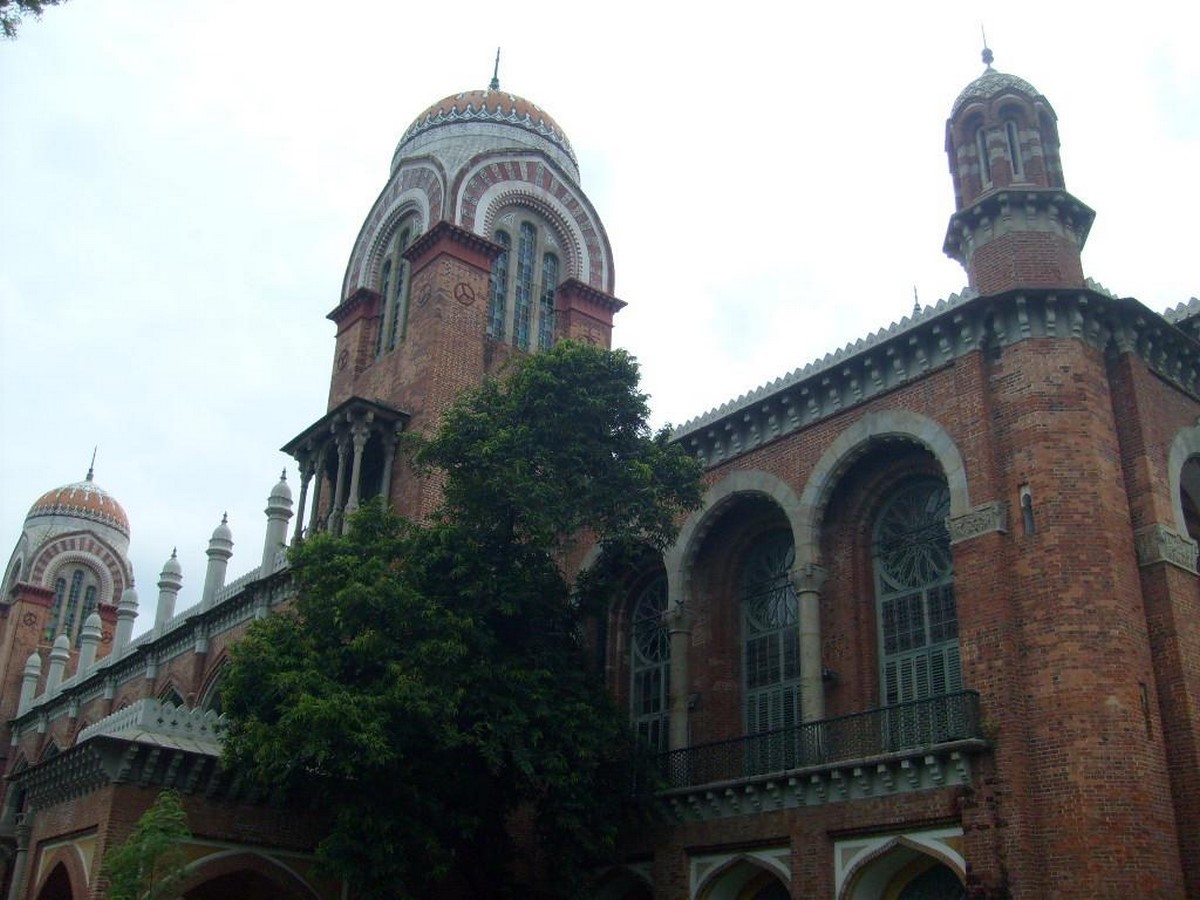
3. Chepauk Palace | Indo Saracenic
Location: Chepauk, Chennai
The Chepauk Palace was the official residence of the Nawab of Arcot. It was built using the Indo-Saracenic style of architecture. The palace complex spreads over an area of 117 acres and is enclosed by a wall.

4. National Art Gallery
Location: Egmore, Chennai
The National Art Gallery was built in 1906 in IS architectural style and is amongst the oldest art galleries in India. It is located within the Government Museum Complex on Pantheon Road, Egmore, The building was constructed with red stones sourced from Satyavedu, Andhra Pradesh. The Gallery features ancient paintings from places including Thanjavur and Rajasthan, as well as sandalwood sculptures.

5. High Court | Indo Saracenic
Location: Esplanade, Chennai
The High Court building is an important example of the Indo-Saracenic style of architecture. The structure was designed by J. W. Brassington, and famous architect, Henry Irwin,

6. Agurchand Mansion
Location: Anna Salai, Chennai
The majestic Agurchand Mansion is Chennai’s first 100-foot skyscraper and the city’s first ‘highrise’.

7. Egmore Railway Station
Location: Egmore, Chennai
Chennai Egmore was originally known as Madras Egmore and is a railway station in Chennai. The station building is amongst Chennai’s prominent landmarks and includes design elements belonging to the Gothic style of architecture, including domes and corridors.

8. College of Engineering | Indo Saracenic
Location: Guindy, Chennai
The College of Engineering, Guindy, commonly referred to as CEG, is an engineering college in Chennai. Apart from being one of the most notable examples of the Indo-British constructions in the city, it is one of Asia’s oldest technical institutions. The institution was founded in 1794. CEG is also among the oldest technical institutions established outside Europe.
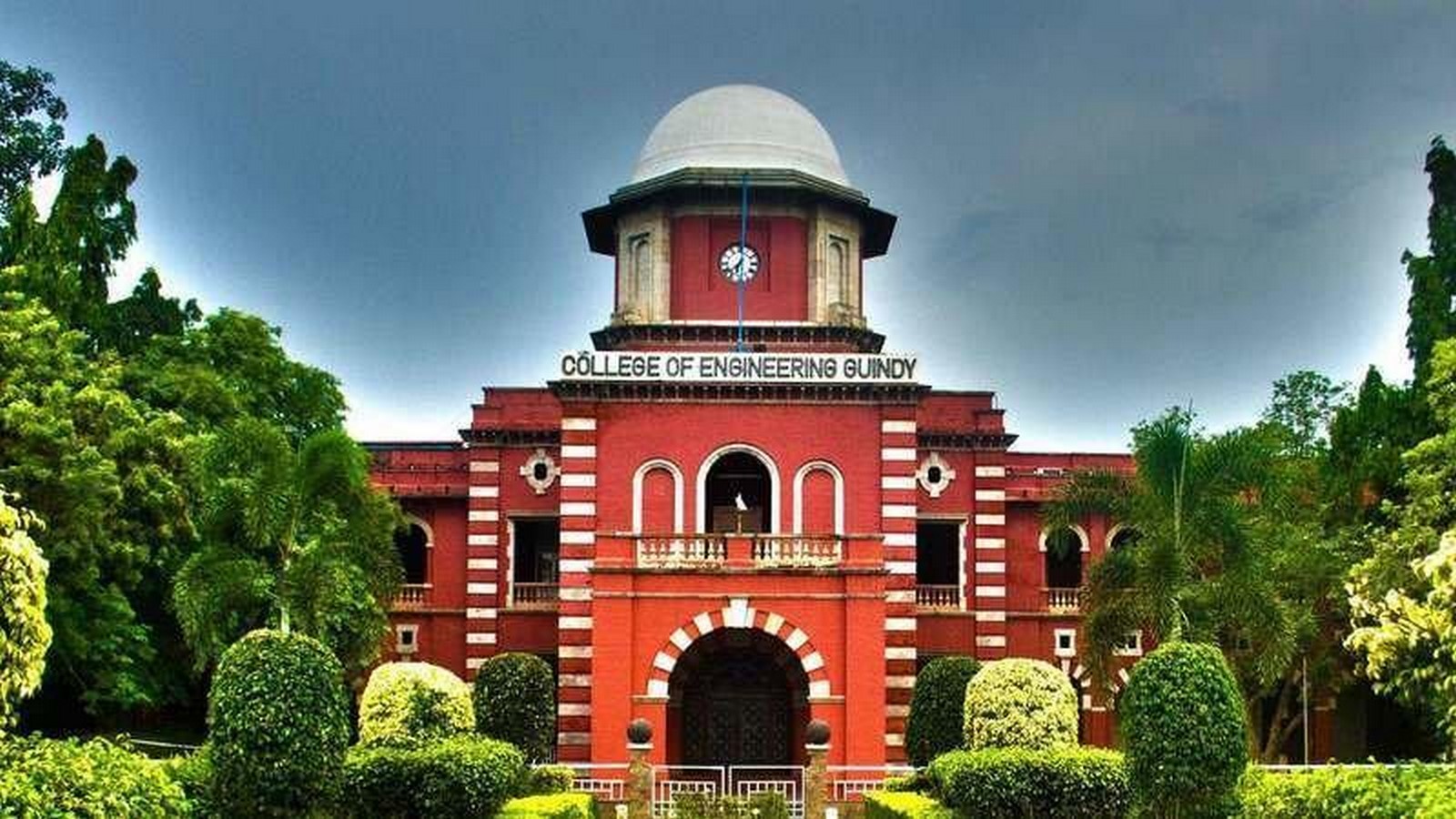
9. Boat Club – Old Mowbrays Club
Location: Guindy, Chennai
Located on the banks of the Adyar River, the Madras Boat Club is one of the first rowing clubs in the country.
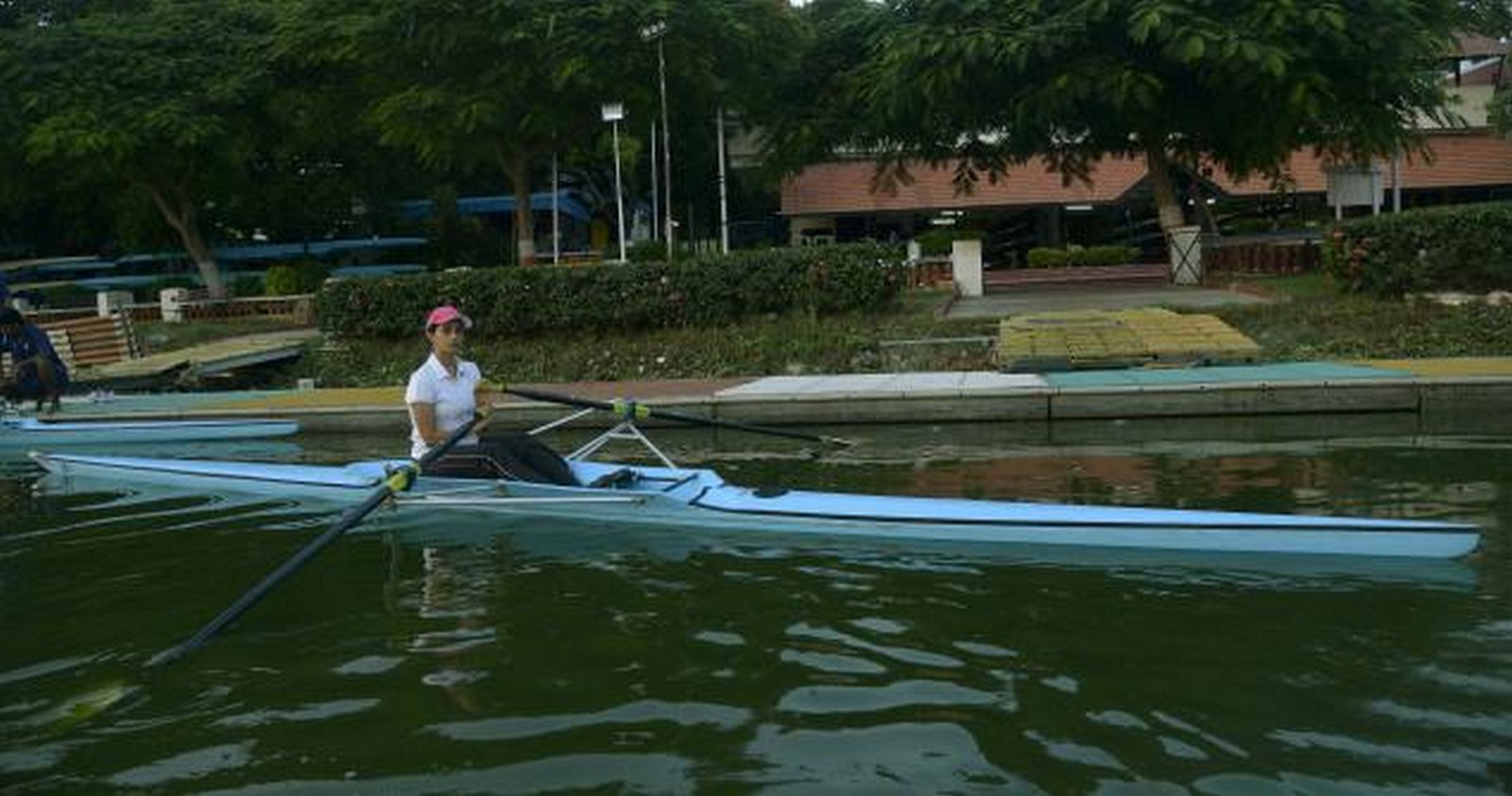
10. MMC – Anatomy Block | Indo Saracenic
Location: Park Town, Chennai
To the east of Madras Medical College stands a 121-year-old red-brick structure referred to as ‘Red Fort’. Constructed in 1897, the building is classified as a Grade I heritage site and is being restored. The structure, built using these architectural methods, housed the MMC’s Department of Anatomy for several decades.



